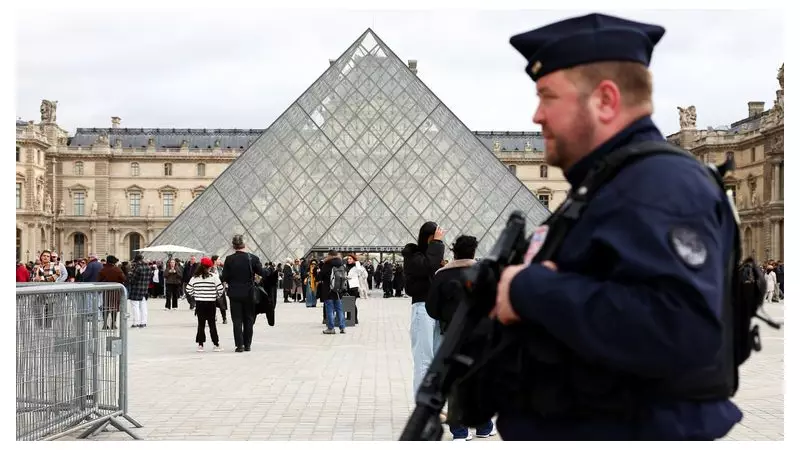
Nearly a decade after a brazen daylight robbery shocked the art world, two men have been convicted for their roles in the spectacular 2015 jewellery heist at Paris's legendary Louvre Museum.
The French judicial system has finally delivered verdicts in the case that saw thieves smash display cases and make off with precious treasures from the iconic museum's Islamic art department.
The Daring Daylight Robbery
In what authorities described as a meticulously planned operation, the thieves struck during public opening hours, creating chaos and confusion among visitors and staff. The assailants targeted valuable jewellery pieces on display, using force to breach security measures that were supposed to protect the museum's priceless collections.
Eyewitnesses reported scenes of panic as the robbery unfolded, with the perpetrators making a clean escape before security forces could effectively respond to the incident.
International Investigation
The theft triggered an extensive international investigation spanning multiple countries, as Interpol and European law enforcement agencies collaborated to track down the culprits. The complexity of the case and the cross-border nature of the investigation contributed to the lengthy timeline before reaching convictions.
French prosecutors built their case on forensic evidence, witness testimony, and intelligence gathering that gradually pieced together the identities of those responsible for the audacious crime.
Security Implications for Museums
The 2015 Louvre heist raised serious questions about security protocols at major cultural institutions worldwide. Museum administrators and security experts were forced to re-evaluate protection measures for publicly displayed valuable artefacts.
This incident particularly highlighted the vulnerability of museums to determined thieves willing to strike in crowded conditions, exploiting the balance between public accessibility and security requirements.
The convictions mark a significant milestone in a case that embarrassed one of the world's most famous cultural institutions and prompted widespread reforms in how museums protect their collections from determined criminals.





